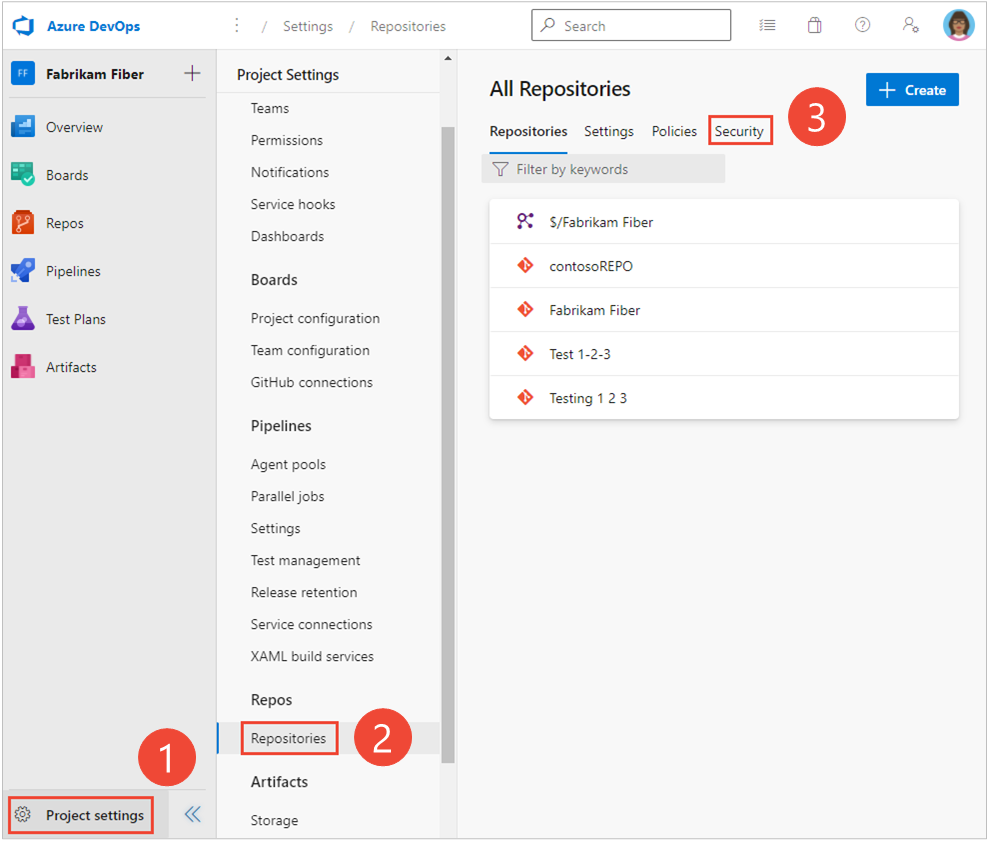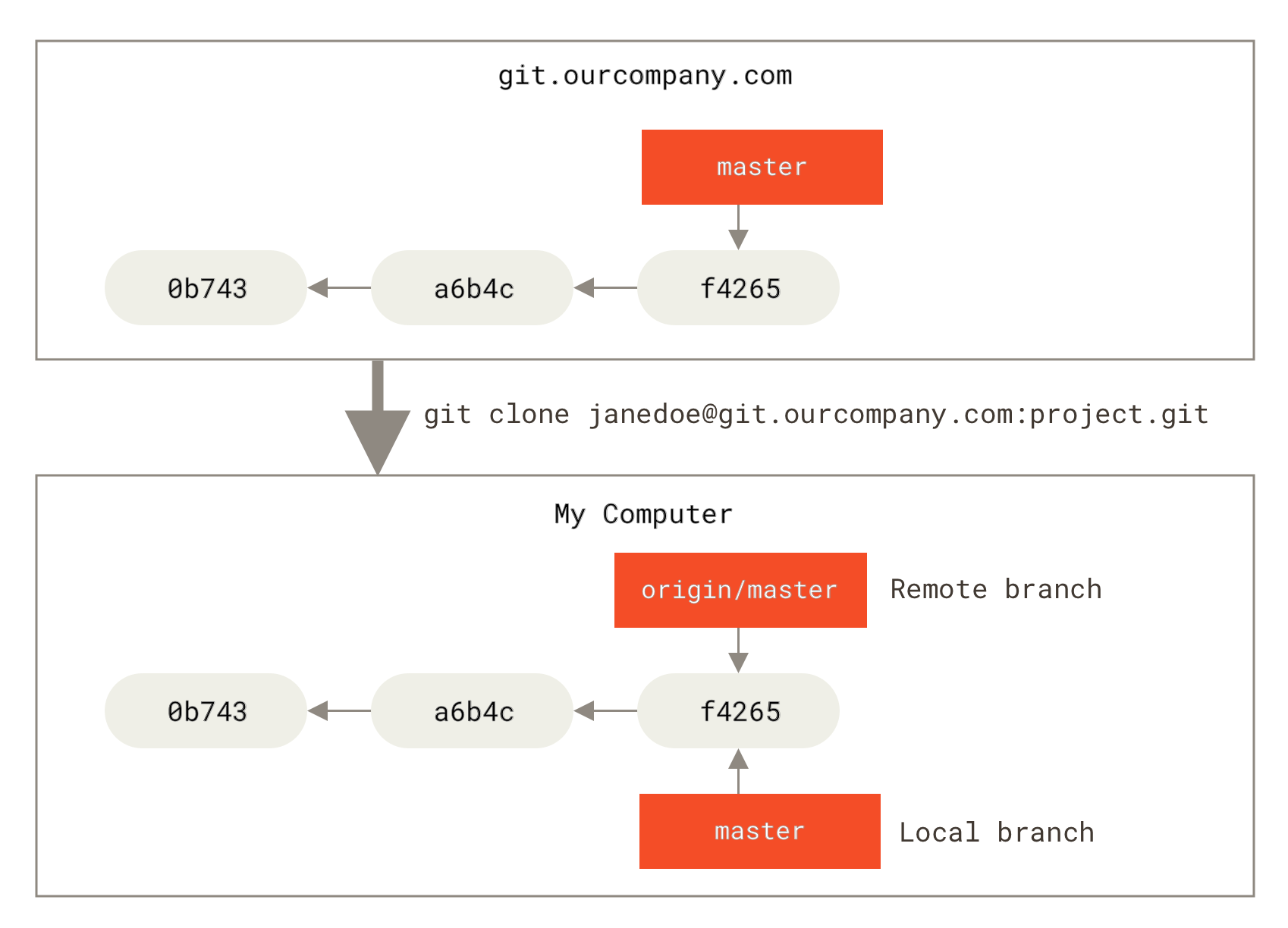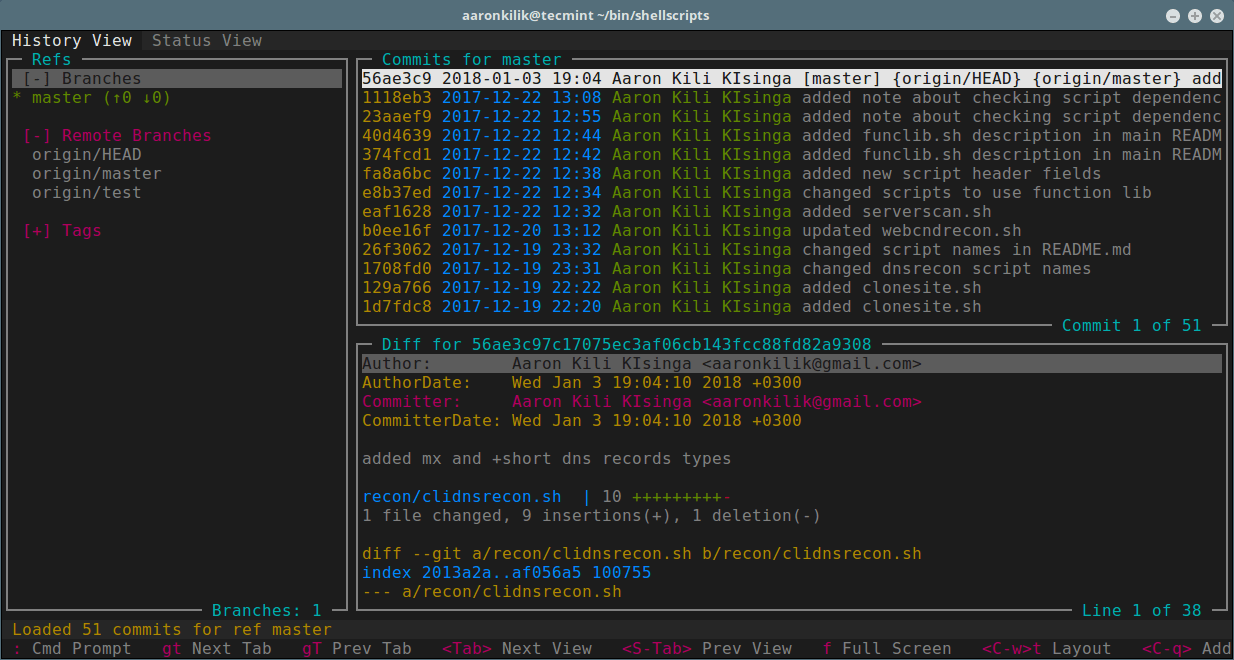Neat Info About How Do I View A Git Repository

Unlocking the Secrets of Your Git Repository
1. What's Inside the Git Box?
So, you've heard about Git, version control, and repositories. Maybe you're collaborating on a project, or perhaps you're just trying to keep track of your own code without ending up with files named "my_script_final_final_v3.py." Whatever the reason, at some point, you'll need to peek inside your Git repository and see what's going on. Think of it like opening up a toolbox to see all your tools neatly organized (hopefully!). This article will guide you through several ways to do just that, ensuring you don't accidentally break anything along the way.
The phrase "view a git repository" essentially means inspecting its contents — the files, the history of changes, the branches, and all the other little details that Git diligently tracks. It's like being a detective, piecing together the story of your project's evolution. Don't worry, you don't need a magnifying glass or a trench coat; just a computer and a few simple commands or a graphical interface.
The term "git repository" itself is a noun. It's the digital container that holds all the information about your project, including all of its files and the history of every change made to those files. Its crucial to understand that you're not just looking at the current state of your project, but also at every past state, allowing you to revert to previous versions, compare changes, and collaborate effectively with others.
Now, let's get practical. Imagine your repository as a time machine for your code. You want to see where you started, what changes you made along the way, and what the code looks like at any point in its history. That's exactly what we'll learn to do, using both command-line tools and graphical interfaces. Get ready to embark on your Git exploration journey!

Git Remote Branches
The Command Line
2. Becoming a Git Ninja
For many developers, the command line is where the real Git magic happens. It might seem intimidating at first, but with a few basic commands, you can quickly become a Git ninja. Plus, its generally faster than using a graphical interface, especially for simple tasks. Think of it as learning a secret language that unlocks the full potential of your repository.
One of the most frequently used commands is `git status`. This command gives you a quick overview of your repositorys current state. It tells you which files have been modified but not yet staged, which files are staged for commit, and which branch you're currently on. It's like asking Git, "Hey, what's going on?" and getting a concise summary of the situation.
Next up is `git log`. This command displays a chronological list of commits, along with their commit messages, author information, and timestamps. It's like reading the logbook of your project, seeing who made what changes and when. You can customize the output with various flags, such as `--oneline` for a more compact view or `--graph` to visualize the branch structure.
Finally, to view the actual content of a file, you can simply use your favorite text editor or the `cat` command (if you're on a Unix-like system). To see the differences between the current version of a file and the last committed version, use `git diff`. This command highlights the lines that have been added, removed, or modified. Its like playing spot the difference, but with code!

Graphical Git Clients
3. Git for the Visually Inclined
If you prefer a more visual approach, graphical Git clients are your best friend. These tools provide a user-friendly interface for interacting with your repository, making it easier to browse commit history, compare changes, and manage branches. Think of them as a beautifully designed dashboard for your Git project, providing all the information you need at a glance.
There are many excellent Git clients available, such as GitKraken, Sourcetree, and Git Desktop. Each offers a slightly different set of features and a unique user experience, so it's worth trying a few to see which one you prefer. They typically allow you to visualize your commit history as a graph, making it much easier to understand the branching structure of your project. You can also easily compare different versions of files, resolve merge conflicts, and perform other common Git tasks with just a few clicks.
These clients are perfect for those who are new to Git or who prefer a more intuitive way to interact with their repositories. They abstract away some of the complexity of the command line, allowing you to focus on the bigger picture of your project. However, even if you're a command-line guru, graphical Git clients can still be useful for visualizing complex branching scenarios or quickly browsing through commit history.
Imagine scrolling through a visual timeline of your project's development, effortlessly jumping between different versions and comparing code changes side-by-side. That's the power of graphical Git clients. They transform Git from a potentially intimidating command-line tool into an accessible and enjoyable experience for everyone.

Remote Repositories
4. The Power of Collaboration
Git isn't just for solo projects; it's also a powerful tool for collaboration. Remote repositories, like those hosted on GitHub, GitLab, or Bitbucket, allow multiple developers to work on the same project simultaneously. To view a remote Git repository, you essentially need to access the online platform where it's hosted. This usually involves creating an account on the platform (if you don't already have one) and navigating to the specific repository's page.
Once you're on the repository page, you can browse the files, view the commit history, and see the contributions of other developers. Most platforms also provide features for forking the repository (creating your own copy), submitting pull requests (suggesting changes to the main repository), and opening issues (reporting bugs or suggesting new features). It's like visiting a shared digital workspace where everyone can contribute to the same project.
To get a local copy of a remote repository on your computer, you'll use the `git clone` command. This command downloads all the files and the entire commit history of the repository to your local machine. Once you have a local copy, you can make changes, commit them, and then push them back to the remote repository. This process allows for seamless collaboration and ensures that everyone is working with the latest version of the code.
Collaborating on a remote repository is like being part of a team working on a shared puzzle. Everyone has their own pieces to contribute, and Git helps to ensure that all the pieces fit together correctly. By using remote repositories, you can leverage the collective knowledge and skills of developers from around the world, creating software that is more robust, innovative, and impactful.

FAQ
5. Demystifying Git
Still have some burning questions about viewing Git repositories? Here are a few common queries and their answers:
6. Q
A: Use the command `git branch`. This will list all the branches in your local repository, with the current branch highlighted. To see remote branches as well, use `git branch -a`.
7. Q
A: The command `git diff commit1 commit2` will show you the differences between two commits. Replace `commit1` and `commit2` with the actual commit hashes (or short hashes) you want to compare.
8. Q
A: `git log` displays a chronological list of commits, while `git show` displays information about a specific commit, including the commit message, author information, and the changes introduced by that commit. It's like `git log` gives you an overview of the story, while `git show` zooms in on a specific chapter.
9. Q
A: If the file is not staged (meaning you haven't used `git add` yet), you can use `git checkout -- `. This will revert the file to the last committed version. If the file is staged, you'll need to unstage it first with `git reset HEAD `, then use the `git checkout` command.
